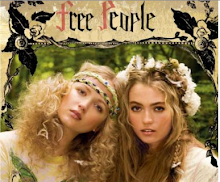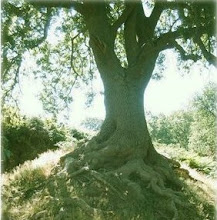Chilling.There is no vampire society as humans understand the term. Vampire language or culture is an amalgam of the affiliated vampires’ original language(s) and culture(s), plus the exigencies of vampiric nature itself. “Affiliation” here is loosely used. Vampires are either solitary hunters or organized in small packs with very old, very powerful vampires at the head of each gang or fiefdom. Archaic languages or cultural artifacts may be incidentally preserved in this way (but unfortunately remain unavailable to human scholarly examination).
Alliances between powerful vampires of equal status are rare. Love relationships are not believed to occur between vampires. Exceptions are occasionally reported, but have not been substantiated. The relationship of vampire to vampire is competitive and usually hostile or exploitive; vampire society appears to observers to be entirely parasitic, hierarchical, and power-driven.
Inter-vampire aggression may impinge upon humanity in the following ways: when one solitary vampire moves in on another’s territory, upsetting the original vampire’s routine of hidden predation; or when two (or more) vampire packs begin a war as a part of a dominance contest between ancient and powerful gang leaders and their adepts and acolytes.
Older or more powerful vampires may have a retinue or entourage of more recently Turned vampires which they support and protect (in a fashion) and upon which they depend for obtaining human victims and psychic energy. This entourage has sometimes been found to include human and other preternatural “pets,” “servants,” or “companions” who are tapped for blood but who do not usually die immediately. It is rumored that minimal but continued blood contribution in such a situation may result in a greatly extended lifespan for the human, as well as the gain of unspecified preternatural powers. Fortunately, although misguided or mentally ill humans might seek to join a vampire entourage in this type of relationship, it is evidently rare, and available only to or with master vampires. There is some indication that rumors about the existence of immortal human companions may be deliberately encouraged by vampires to maintain a supply of volunteers. True or not, humans in such mutually parasitic or symbiotic relationships with vampires are lost to their former lives.
Despite the lack of a cooperative society, vampires appear to have paralleled or in several instances proportionally surpassed human economic and scientific endeavor. Vampire science and technology focus on many of the same issues as human science. Medical research continues in two main areas: that of blood (from synthesizing whole blood substitutes to isolating specific properties relevant to nutrition, regeneration, telepathic communication, and hypnosis), and particularly that of protection from sunlight. All vampires possess at least a modicum of Dark magic, unlike humans, in whom substantive magical ability is rare without at least some “fey” inheritance (English vernacular—see companion Fact Sheet Magical Creatures of Northwest Europe—such creatures in other geographic and/or cultural regions are variously denoted according to language). The combination of wizardry, fierce competitiveness, and the wealth and information acquired by powerful survivors during centuries-long existence, makes emerging vampire science and technology a creditable threat to human society.
Wednesday, July 29, 2009
Second Report from the Congressional Committee on Non-Human Involvement in the Global Economy
A reader asked about what we know of vampire social structures. The newly released report from the Congressional Committee states:
Subscribe to:
Post Comments (Atom)





























No comments:
Post a Comment